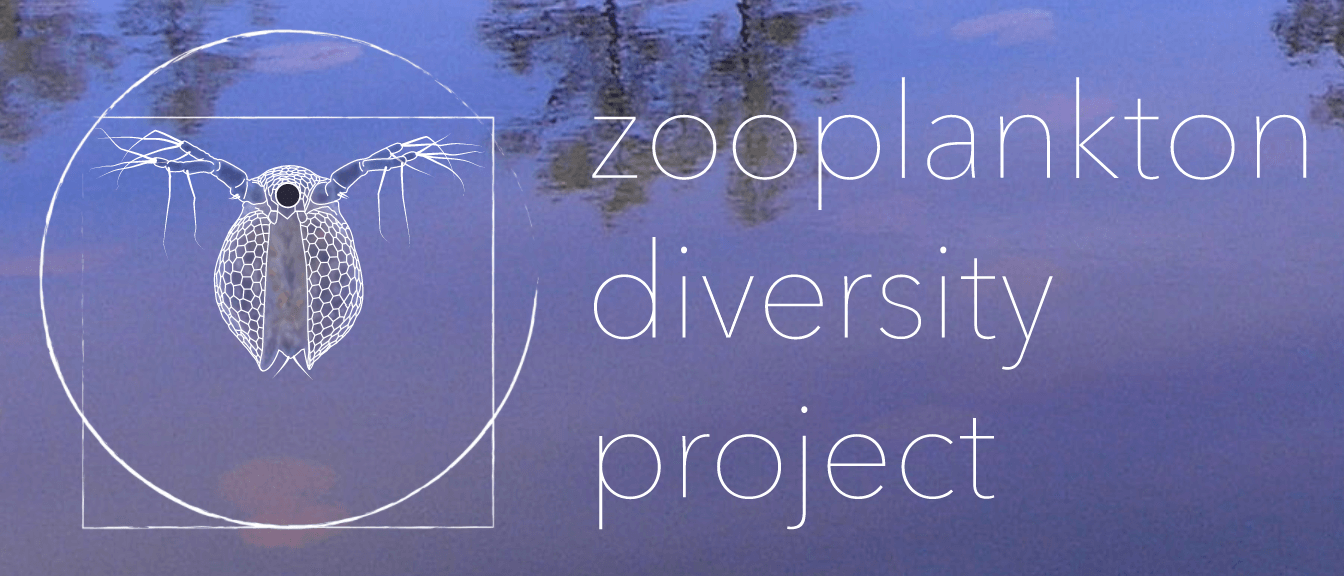Zooplankton Diversity Project
 Zooplankton Diversity Project
Zooplankton Diversity Project
The Savannah River Site (SRS) is a US Department of Energy owned facility located in South Carolina. Located within the SRS property are a series of ephemeral wetlands known as Carolina Bays, home to numerous zooplankton species. The specific species found in the bays (their community composition) changes throughout the seasons as bays fill with rain water or dry down during the hot summer months.
Data Collection: Members of the Drake lab in the Odum School of Ecology at the University of Georgia sampled 14 bays monthly between January 2009 and spring 2016. Marcus Zokan spent many hours identifying the species (and even discovering a few) in the samples collected between January 2009 and December 2010. For more about the sampling methods see Marcus’ dissertation.1
This week, our lab at the Odum School of Ecology is announcing the Zooplankton Diversity Project, a datavisualization toolkit and open dataset of 485,047 zooplankton specimens representing 133 taxa, collected from Carolina Bays of the Savannah River Site.
Data Visualizations…
Drake Lab researchers constructed a full suite of data exploration tools in D3. The tools can be used to subselect data for download or generate SVG plots of the selected data. You can use the SVG Crowbar chrome browser extension to automatically download SVG plots generated on the site.
On various pages, you will find tools for exploring species richness and species density, by taxonomic group, environmnetal covariates, species distribution by bay, species co-occurrence, population dynamics, community similarity over time, and the taxonomic tree.
Here’s a screenshot of the Community Similarity tool. You can explore zooplankton comminity similarity over time here.
 Example of an "NMDS" plot (Non-metric multidimensional scaling), representing community similarity, that expresses how much a zooplankton community changes over time. The high dimensional data representing a snapshot of a zooplankton community is reduced through NMDS to 2 dimensions, such that the distances between these 2D coordinates (over time) mirror as much as possible the distances between the coordinates in high-dimensional space. The 2D dimensions do not represent individual variables; rather they are a mapping of the high dimensional space onto 2 dimensions.
Example of an "NMDS" plot (Non-metric multidimensional scaling), representing community similarity, that expresses how much a zooplankton community changes over time. The high dimensional data representing a snapshot of a zooplankton community is reduced through NMDS to 2 dimensions, such that the distances between these 2D coordinates (over time) mirror as much as possible the distances between the coordinates in high-dimensional space. The 2D dimensions do not represent individual variables; rather they are a mapping of the high dimensional space onto 2 dimensions.
The project was spearheaded by Drew Kramer, now an Assistant Professor in the Department of Integrative Biology at the University of South Florida.
Marcus Zokan. Zooplankton species diversity in the temporary wetland system of the Savannah River Site, South Carolina, USA. 2015, University of Georgia.↩